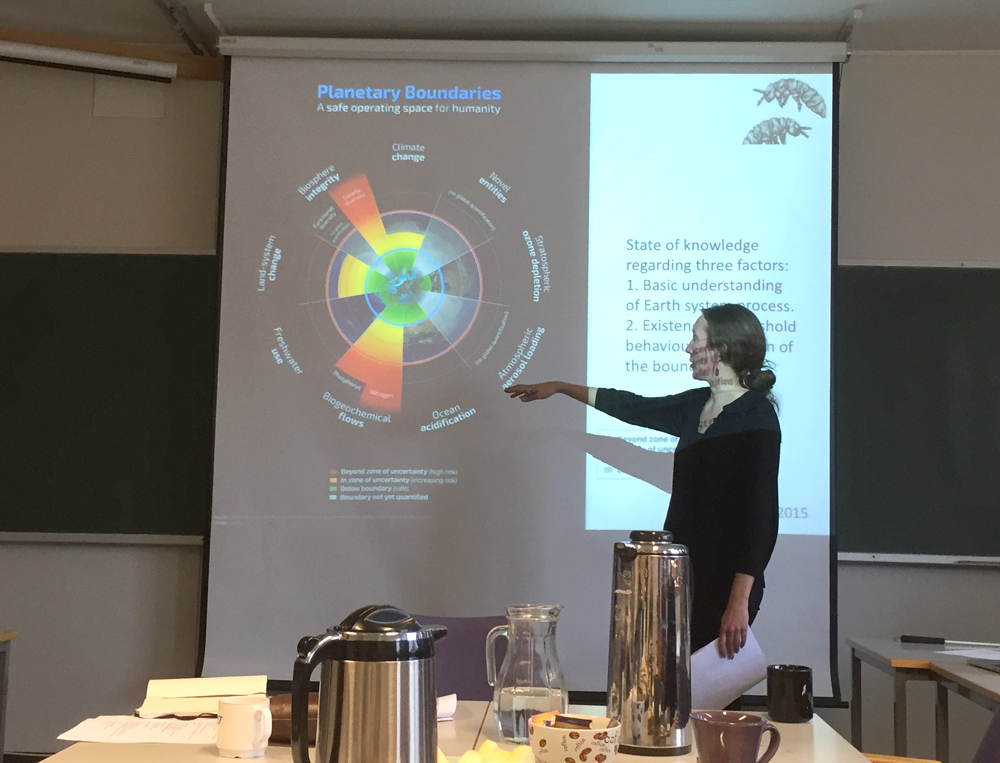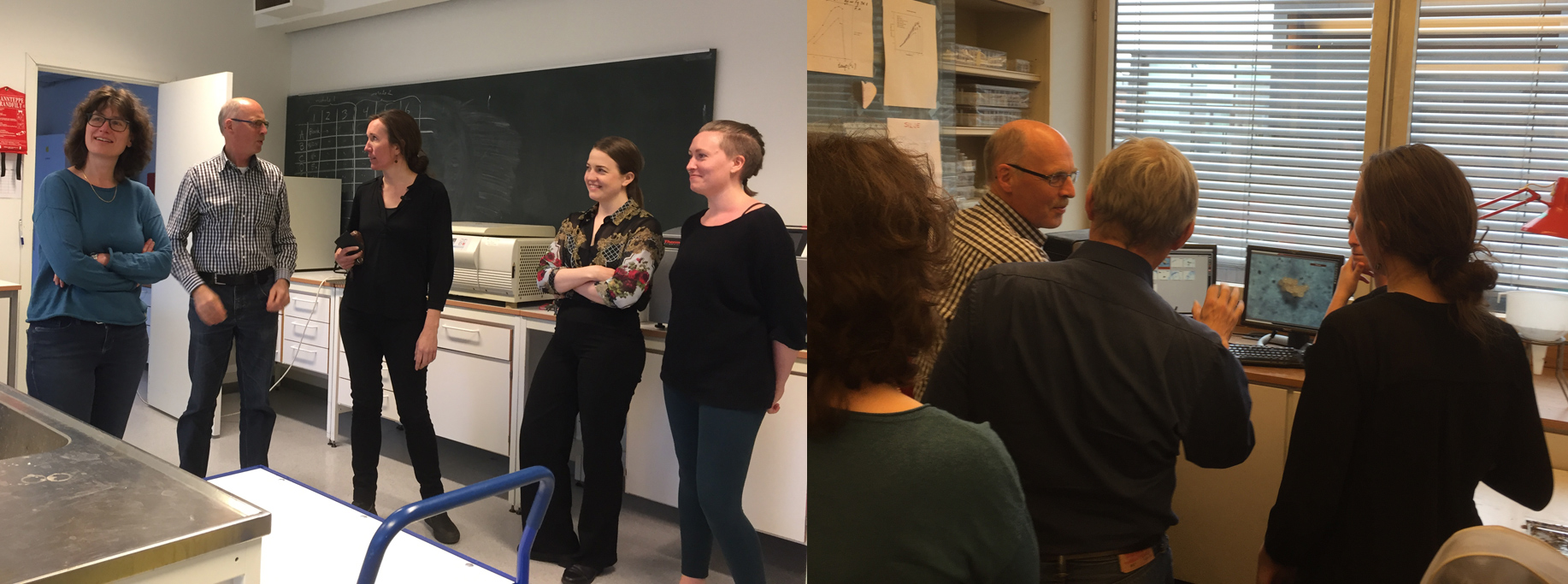The MULTICLIM research project will focus on the complex question of how springtails deal with multiple stressors. The project has been funded by the RCN for four years. Springtails are small invertebrates associated with decomposition and nutrient turnover in soil, found in virtually all terrestrial habitats. Tough as they are, populations of the same species can be found from high Arctic to temperate areas. But no species can live everywhere, and springtails' Achilles heal is drought tolerance: Most species depend on available pockets with high moisture in their habitats. To find out more about their stress tolerance, we will investigate the drought tolerance of two springtail species at different temperatures and estimate changes in life history traits.
Unfortunately, anthropogenic toxicants are present in all environments. These toxicants will inevitably affect the springtails directly, and thus decomposition and nutrient turnover indirectly. In our research group, effects of neonicotionoids on birds, bumblebees and springtails has been in focus in recent years. These pesticides are still in use, despite the increasing knowledge of their harmful side-effects for beneficiary invertebrates. But what does actually happen when neonicotinoids are combined with other stressors such as a changing climate? This is hardly known, and this is what the current project seeks to illuminate by use of springtails as model organism.

Within our research group there are scientists who have devoted their whole life to the study of springtails, as well as young scientists on the doorstep to learning more about these fascinating animals. During our kickoff-seminar, we all got to know each other a little better. All the members gave presentations, highlighting important aspects in the study of combined stressors, mixture toxicity, life history traits and demographic models. In addition, as the Science Library is an active partner in this project, we got an overview of what the library can offer research groups, both concerning dissemination and data management.
The project has already hired a PhD student (Silje) and a master student (Gunvor). Both of them are well on their way to produce interesting results, laying the basis for further experiments, both in the laboratory and in the field. One of the questions discussed during the seminar was how to make a better link between our lab experiments and what we plan to do in the field. It is very difficult to extrapolate results from a controlled laboratory experiment to realistic field situations, which is why we aim for a combination of these. However, there is always a risk that we end up with more unanswered questions!

After two exciting full days of presentations and discussions, we feel ready to take on the challenge and get started - or should we say - jump on the train that is already in motion! Pilot field studies are in the planning already this summer, and we are expecting to hire a postdoc soon. Keep an eye on this blog for further updates from MULTICLIM, and have a look at our project web site for more details.
